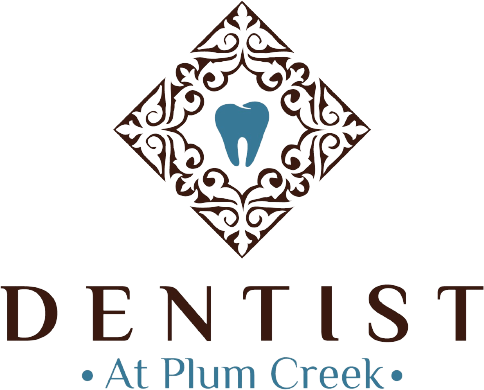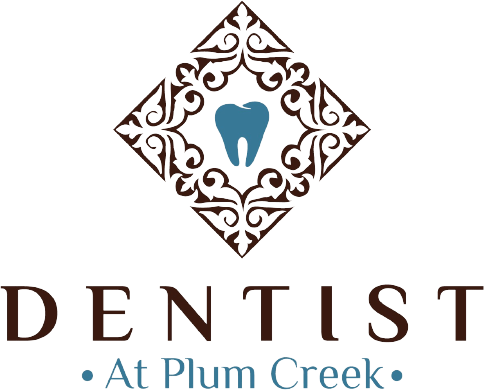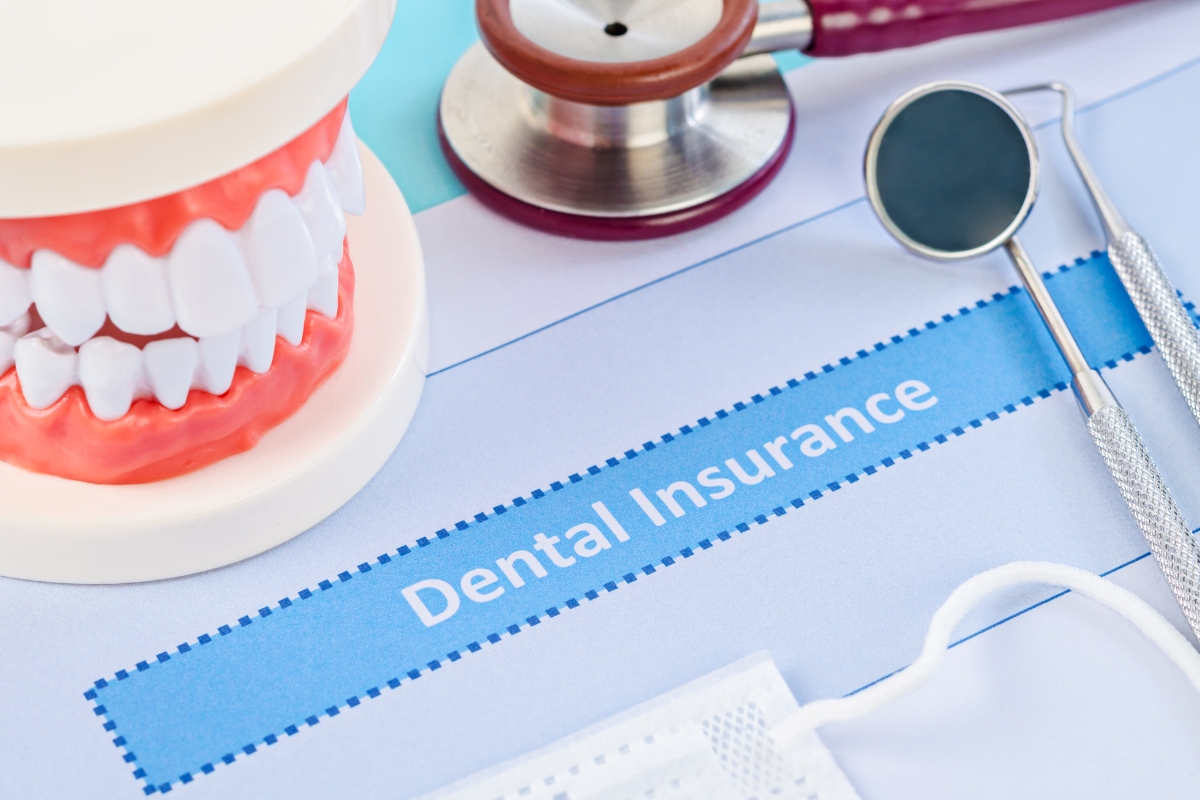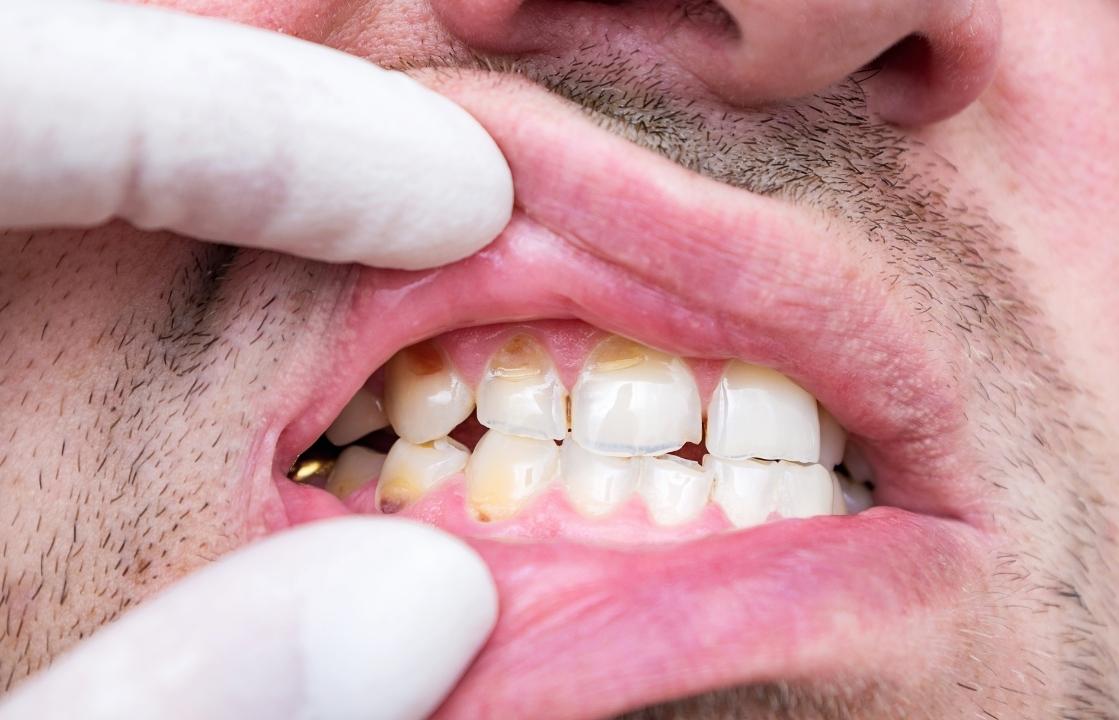$99 New Patient Special - Includes Exam and X-Rays.
Solutions for a Half-Broken Teeth and Half-Broken Molars
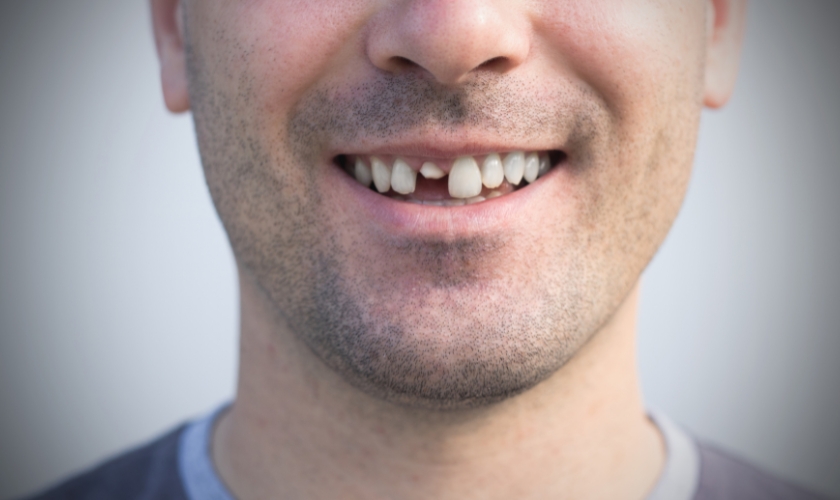
By Dentist At Plum Creek Kyle
A half-broken teeth, including half-broken molars, can present significant challenges. Whether caused by trauma, decay, or wear and tear, addressing this issue promptly is crucial to prevent further complications and maintain oral health.
Here’s a comprehensive guide on the solutions available for managing and repairing a half-broken tooth and molars.
Understanding the Problem
A half-broken tooth can occur due to various reasons:
- Trauma or Injury: Accidents, sports injuries, or falls can lead to tooth fractures.
- Decay: Severe tooth decay can weaken the tooth structure, making it more susceptible to breaking.
- Grinding or Clenching: Habitual grinding or clenching of teeth can lead to fractures over time.
- Weakening of Tooth Structure: Age and previous dental work can weaken teeth, making them more prone to damage.
Immediate Care for a Half-Broken Teeth and Morals
If you experience a half-broken teeth or molars, follow these immediate steps:
- Rinse Your Mouth: Use warm water to gently rinse your mouth to keep the area clean.
- Apply a Cold Compress: To manage swelling and pain, place a cold compress on the outside of your cheek.
- Avoid Hard Foods: Steer clear of hard or sticky foods that could worsen the damage or cause discomfort.
- Preserve Broken Pieces: If possible, save any fragments of the tooth and bring them to your dental appointment.
Dental Solutions for a Half-Broken Teeth and Morals
The appropriate treatment for a half-broken teeth or molars depends on the extent of the damage. Here are some common solutions that you can try:
Dental Bonding
Dental bonding involves applying a tooth-colored resin to the broken area. The resin is then shaped and hardened to restore the tooth’s appearance and function.
When It’s Used: Bonding is suitable for minor breakages and is typically used on front teeth where aesthetics are a concern.
Advantages: It’s a quick, cost-effective solution that can be completed in a single visit. It’s minimally invasive and effective for small to moderate damage.
Dental Crowns
A dental crown is a cap that encases the entire tooth, restoring its shape, strength, and function. Crowns are made from various materials, including metal, porcelain, or a combination.
When It’s Used: Crowns are ideal for larger breakages or when a substantial portion of the tooth structure is lost, such as with half-broken molars.
Advantages: Crowns provide durability and protection, helping to prevent further damage and improving the tooth’s appearance.
Dental Veneers
Veneers are thin, custom-made shells that cover the front surface of the teeth to enhance their appearance.
When It’s Used: Dental veneers are typically used for cosmetic purposes, such as repairing minor chips or cracks on the front teeth.
Advantages: They offer a natural-looking result and can effectively address aesthetic issues.
Tooth Extraction
Tooth extraction involves removing a damaged tooth from its socket.
When It’s Used: Extraction is usually considered a last resort when the tooth is beyond repair or poses a risk to surrounding teeth.
Advantages: While not ideal, extraction can alleviate pain and prevent further complications if the tooth is severely damaged.
Dental Implants
Dental implants are artificial tooth roots placed into the jawbone to support a replacement tooth or crown.
When It’s Used: Dental implants are an option if a tooth needs to be extracted and you desire a permanent replacement solution.
Advantages: Implants provide a durable, natural-looking replacement and help maintain jawbone health.
Factors to Consider When Choosing a Treatment
The best treatment option for a half-broken tooth or molars will depend on several factors, including:
- The extent of the damage: A smaller break may be repaired with a filling, while a larger break may require a crown or extraction.
- The location of the tooth: Teeth in the back of the mouth, such as molars, may require more complex treatments due to their size and function.
- Your overall oral health: If you have other dental issues, such as gum disease or cavities, these may influence the treatment plan.
Preventive Measures and Aftercare
To avoid future issues and maintain oral health, consider these preventive measures:
- Maintain Good Oral Hygiene: Brush and floss regularly to prevent decay and damage.
- Avoid Hard Foods: Limit consumption of hard or sticky foods that can damage teeth.
- Wear a Mouthguard: If you grind your teeth or play contact sports, use a mouthguard to protect your teeth.
- Regular Dental Check-Ups: Schedule regular visits with your dentist for check-ups and cleanings to catch and address issues early.
If you have a half-broken tooth or molar, it’s crucial to consult your nearest dentist as soon as possible. Early treatment can help prevent further damage and discomfort.
A half-broken tooth, including molars, requires prompt and appropriate care to avoid complications. Your dentist will assess the damage and recommend the best treatment, which may include dental bonding, crowns, veneers, root canal therapy, extraction, or implants. By addressing the issue quickly and following preventive measures, you can ensure a successful recovery and maintain optimal oral health.

